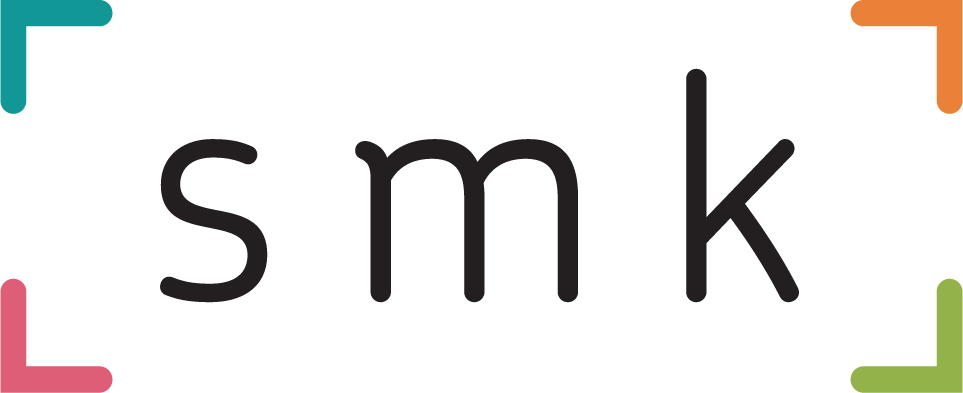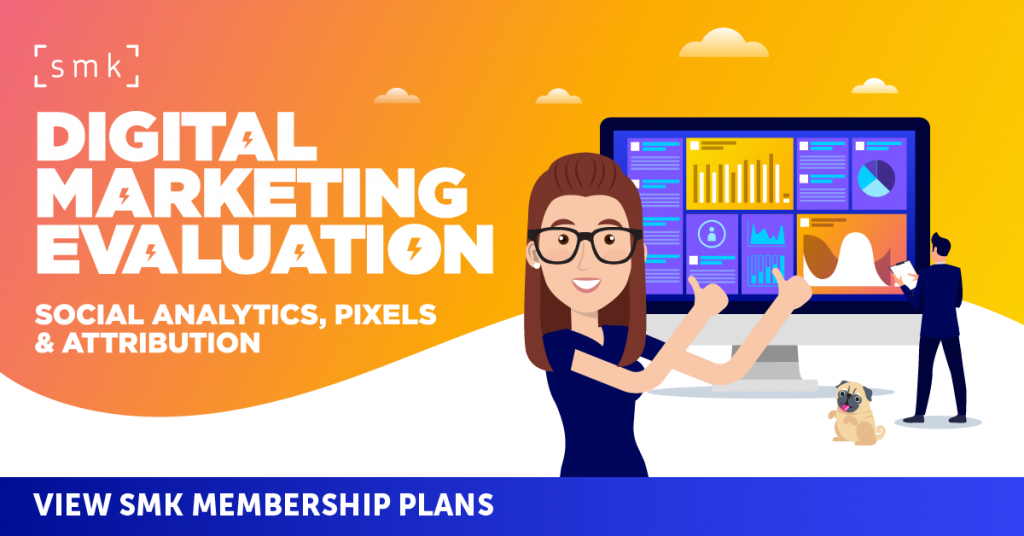Insta content ranking signals vary by placements
Instagram’s chief has broken his silence to explain how the algorithm works across each part of his platform.
For a start, there isn’t one algorithm that rules over the whole app.
Adam Mosseri, Head of Instagram
“Instagram doesn’t have one algorithm that oversees what people do and don’t see on the app. We use a variety of algorithms, classifiers, and processes, each with its own purpose.”
When the platform launched in 2010, things were simple. Your posts would get shown in chronological order as you scrolled your Feed. As Insta grew, this method became outdated. By 2016, users were missing 70% of the content posted by the people they follow.
Something had to be done, so Instagram created a Feed that ranked posts based on what it believes you care about most. The app has developed new parts and has different algorithms for Feed, Stories, Explore and Reels.
Feed and Stories
Users come here to see content from friends, family and accounts they feel close to and so the algorithm for Feed and Stories places more emphasis on recent posts shared by accounts you follow. Instagram also looks for signals to decide how it should rank a post. In order of importance for Feed and Stories, they are:
- Information about the post, like how popular it is, when it was posted, how long it is (if a video) and what location was attached to it.
- Information about who posted it, including how many times you’ve interacted with that account in the last few weeks.
- Your activity such as what you might be interested in or how many posts you’ve liked.
- Your history of interacting with someone, which gives an indication of how engaged you are with that account.
Instagram will use those signals to make a prediction based on how likely a person is to interact with a post.
Adam Mosseri, Head of Instagram
“In Feed, the five interactions we look at most closely are how likely you are to spend a few seconds on a post, comment on it, like it, save it, and tap on the profile photo.
The more likely you are to take an action, and the more heavily we weigh that action, the higher up you’ll see the post. We add and remove signals and predictions over time, working to get better at surfacing what you’re interested in.”
Instagram will try to avoid showing too many posts from the same person in a row and used to value Stories reshared from Feed less. However, this practice was binned because reshared posts increase in volume during important moments like sporting events or during times of social unrest.
Brands and marketers looking to maximise reach across Feed and Stories need to focus on driving interaction or dwell time, since these best indicate to the algorithm that a user finds your content interesting and wants to see more of it.
Explore
Explore was designed to help users find new things, so the Instagram algorithm is a little different. It focuses on content you may like, based on engagement history and who you follow.
Adam Mosseri, Head of Instagram
“Let’s say you’ve recently liked a number of photos from San Francisco’s dumpling chef Cathay Bi (@dumplingclubsf). We then look at who else likes Cathay’s photos, and then what other accounts those people are interested in.
Maybe people who like Cathay are also into the SF dim sum spot @dragonbeaux. In that case, the next time you open Explore, we might show you a photo or video from @dragonbeaux.”
Instagram will find a selection of photos or videos that it thinks you’ll be interested in, and order them based on how interested it thinks you’ll be in each one. This way of ranking content is similar to how Feed and Stories are ranked.
The platform will then predict how likely you are to interact with a Post through liking it, saving it or sharing it.
Important signals in Explore is:
- Information about the post, like how popular it is, how many likes, comments, shares and saves it has.
- Your history of interacting with who posted it.
- Your activity such as posts you’ve saved, liked or commented on and how you’ve interacted with posts in Explore.
- Information about the person who posted, like how many times people have interacted with the account.
An interesting thing to note is how Saves are being used as a ranking indicator. Brands who wish to get content shown on Explore might want to look into how they can get followers to save posts, which’ll help for Explore exposure.
Reels
Explore is for discovery, Stories and Feed are for friends and Reels is for entertainment. The algorithm for this side of the app is weighted towards what Instagram thinks will tickle your fancy.
Adam Mosseri, Head of Instagram
"We survey people and ask whether they find a particular reel entertaining or funny, and learn from the feedback to get better at working out what will entertain people, with an eye towards smaller creators.
The most important predictions we make are how likely you are to watch a reel all the way through, like it, say it was entertaining or funny, and go to the audio page (a proxy for whether or not you might be inspired to make your own reel.)"
It’s interesting that Instagram mentioned smaller creators specifically. This could mean now is the best time to jump on the Reels bandwagon because the app is going to give you a helping hand in regards to organic exposure. Still, it’s a good idea to include hashtags on your Reels and post them to your main Instagram feed.
The areas it focuses it’s algorithm is:
- The reels you’ve liked, commented on and engaged with.
- If you’ve interacted with the person who posted a video before.
- Information from the Reel, like audio track and popularity.
- How popular the person who posted is – but Insta will also ‘give everyone the chance to find their audience’.
All of this advice is good, but you still need to produce excellent content that resonates with people. If your audience is liking and commenting on stuff in Feed, it’s more likely to show up in Explore. And if you’re posting Reels to your profile, they’re more likely to get recommended to folks based on the interactions they get.
The algorithms may be slightly different, but this is still a holistic food chain that requires love and attention.



RECOMMENDED FOR YOU
Google Introduces New Generative AI Video Tools
Google has recently enhanced its creative tools by integrating…
Google has recently enhanced its creative tools by integrating…
Facebook Goes All In On Vertical Video
As the digital landscape evolves, Facebook’s introduction of a…
As the digital landscape evolves, Facebook’s introduction of a…
Meta Releases Massive Upgrade for Advantage+ Suite of AI-Powered Tools
Meta has released a massive upgrade for its Advantage+…
Meta has released a massive upgrade for its Advantage+…